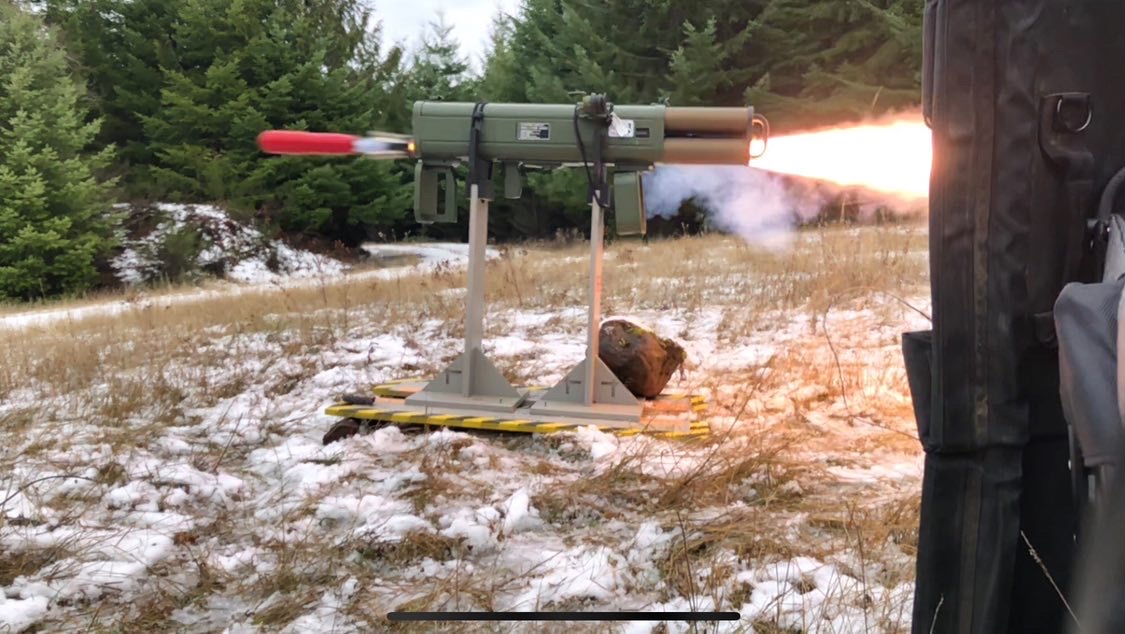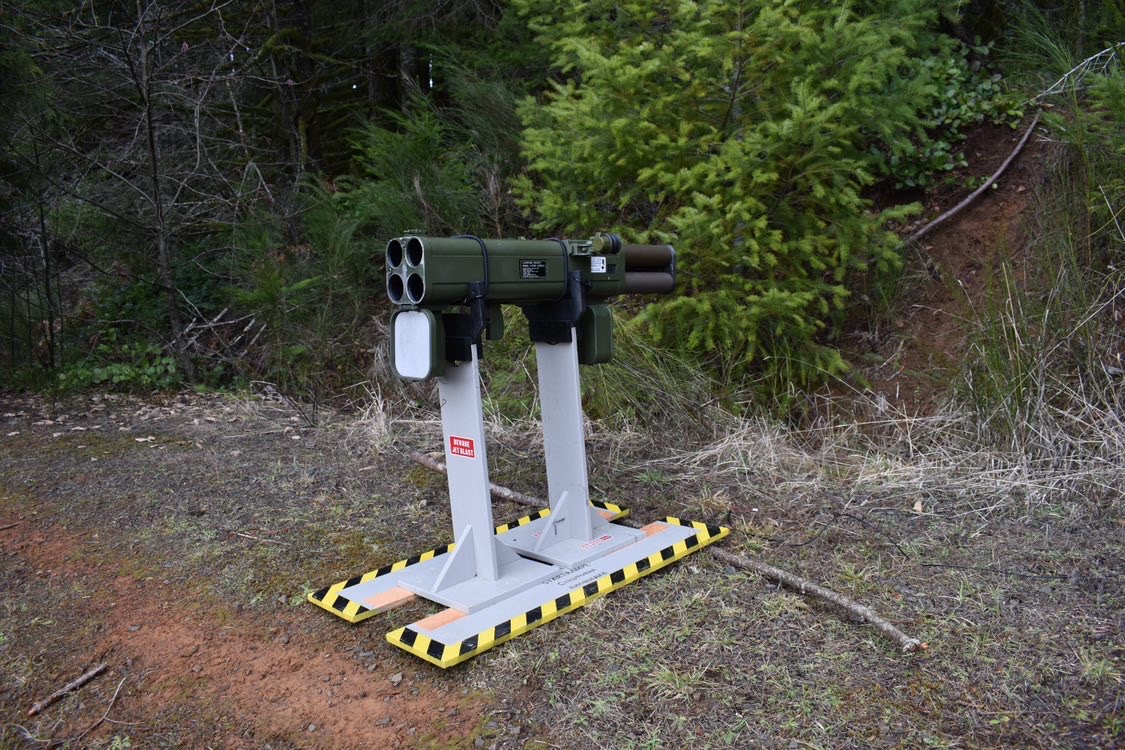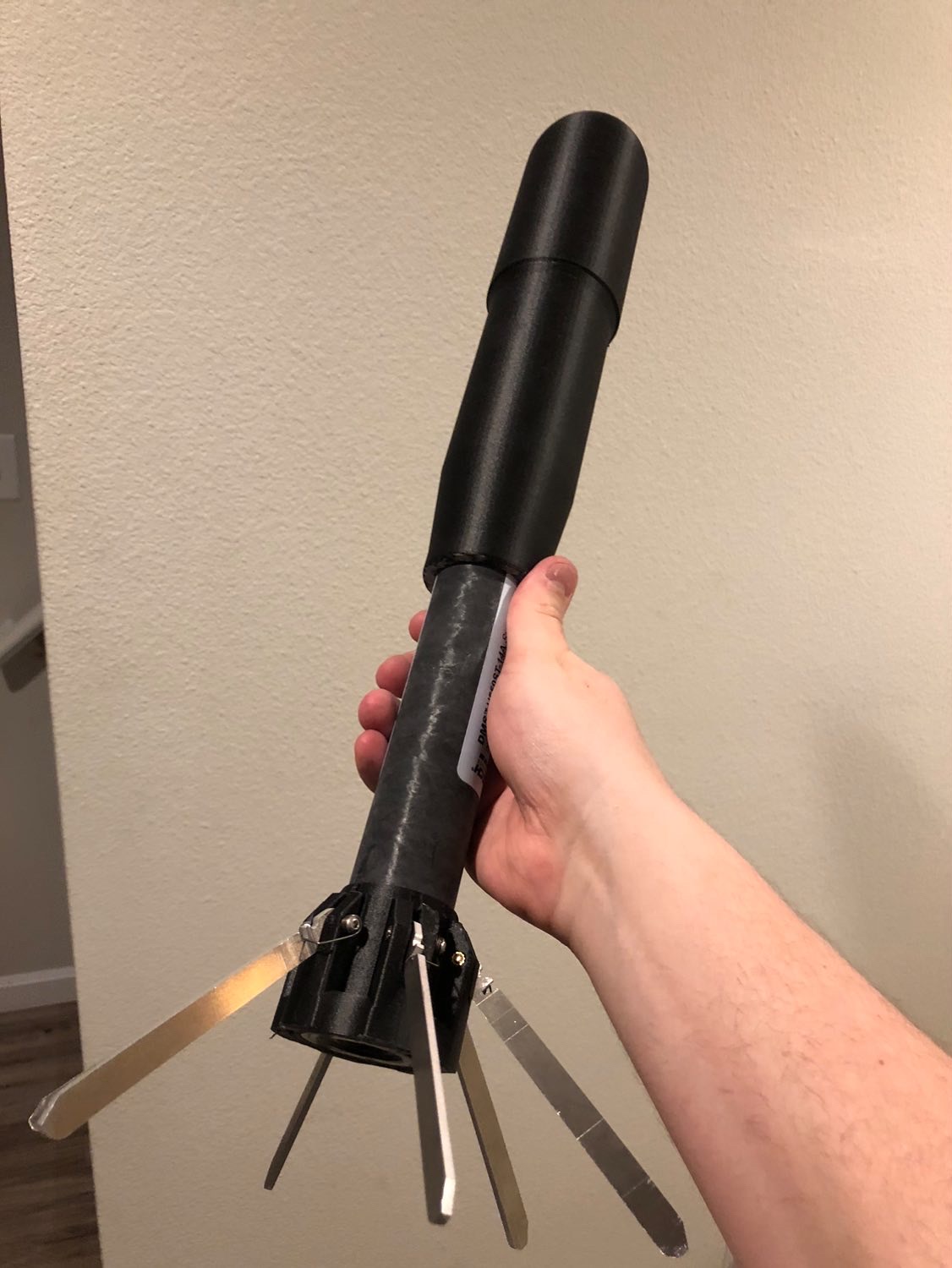Jonathan Wild is known online for using 3D printing to create components for his homemade rocket launchers.
He has already made two fully functional launchers with 3D printing.
But Jonathan isn’t slowing down and has recently set his sights on a new project.
Crafting his own M202 Flash, which just had its first test fire.
In a brief interview, he answered questions detailing the process of crafting this new launcher and the issues the project presented.
What were the initial steps for planning this build and did it differ from previous builds?
Researching patents, photos, military manuals, and online testimonials of veterans who used the launcher. I was looking for key details about the launcher that may not be obvious when first looking at it. I used all that research to draw the launcher in a CAD-based software. Then I modified the design to fit inside a printer.

What has been the most difficult aspect of the build?
Learning to CAD the launcher to this much detail and figuring out how to wire the launcher up for ignition and have those parts and circuits move back and forth reliably in the launcher. Also, dealing with very limited space to accommodate the electronics. It was basically trial and error mixed with extra time spent in CAD to figure out a realistic plan.

With the finished launcher do you plan to do a shoulder fire?
I Probably won’t shoulder fire it due to safety. A rocket motor exploding could be deadly and although the motors are built safely, it’s just more risk than it’s worth. This design also differs from the original as the propellant is still burning after leaving the barrel. So, there would need to be additional safety measures like a protective mask over the user’s face to protect them from the exhaust.

Could you give a rundown on the ammunition?
The ammunition is a (non-explosive) composite propellant rocket motor attached to a printed warhead with a printed tail fin section that holds the stabilizing fins and vanes. The ammunition complies with ATF explosive regulations. There is no explosive payload. The warhead is filled with chalk and bursts open on impact to mark the impact location. The ignition uses an ATF-approved E-match. The rocket design copies the original look while making changes where it is needed. For example, I made changes to accommodate the different materials and propellant used. I also added steel vanes to create spin stabilization for the rocket while it is in flight.

His work can be followed on his Instagram account @wild_arms_research_and_dev
All photos were provided by Jonathan himself.


